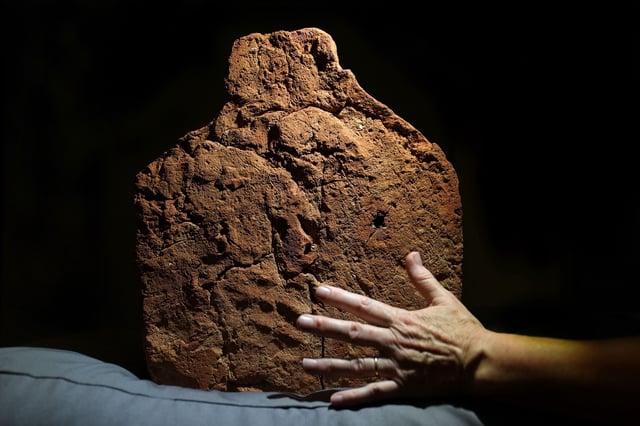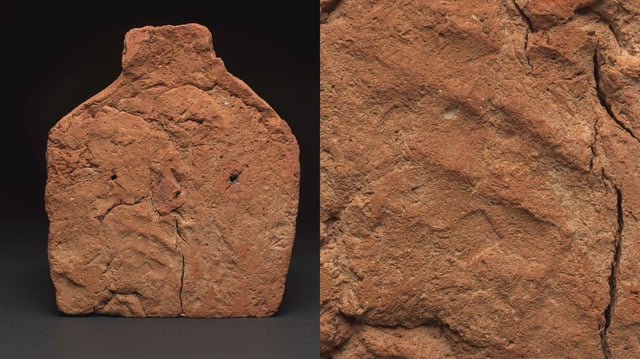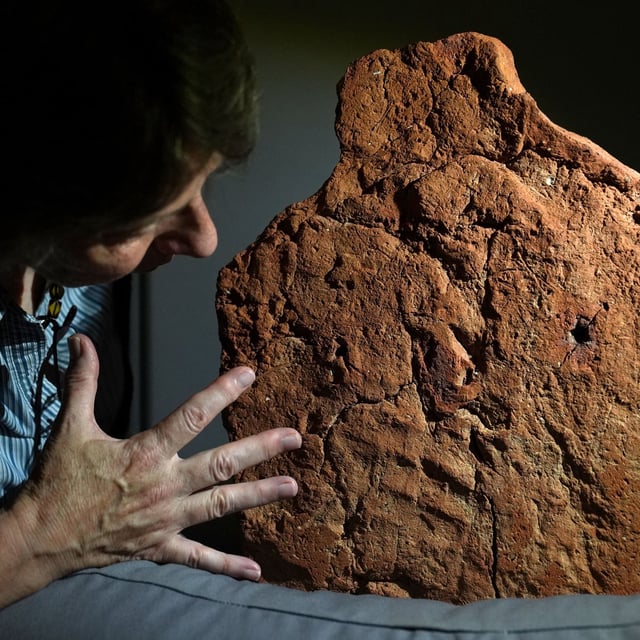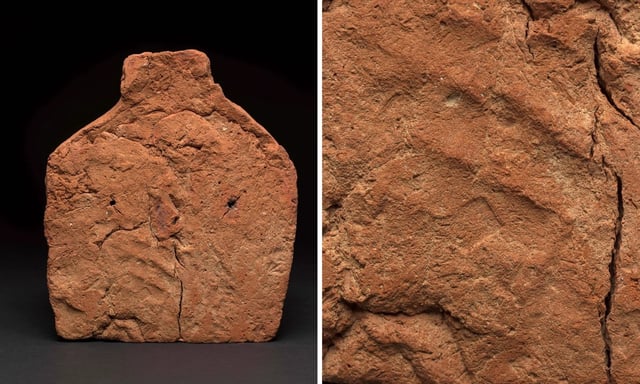Overview
- The handprint was discovered on the underside of a Middle Kingdom clay model known as a soul house, which would have held food offerings or served as a dwelling for the deceased’s soul in tombs.
- Senior Egyptologist Helen Strudwick and conservators identified the complete palm imprint as likely made by the artisan moving the structure before the clay dried.
- Detailed analysis shows the two-story wooden stick framework was coated in clay, with staircases pinched by hand and the wood burned away during firing.
- Complete handprints on ancient Egyptian objects are exceptionally rare and offer a direct connection to the individual craftspeople of the Middle Kingdom.
- The soul house is scheduled to go on public display on October 3 as part of the Fitzwilliam Museum’s Made in Ancient Egypt exhibition, which highlights ancient artisans’ techniques and lives.



